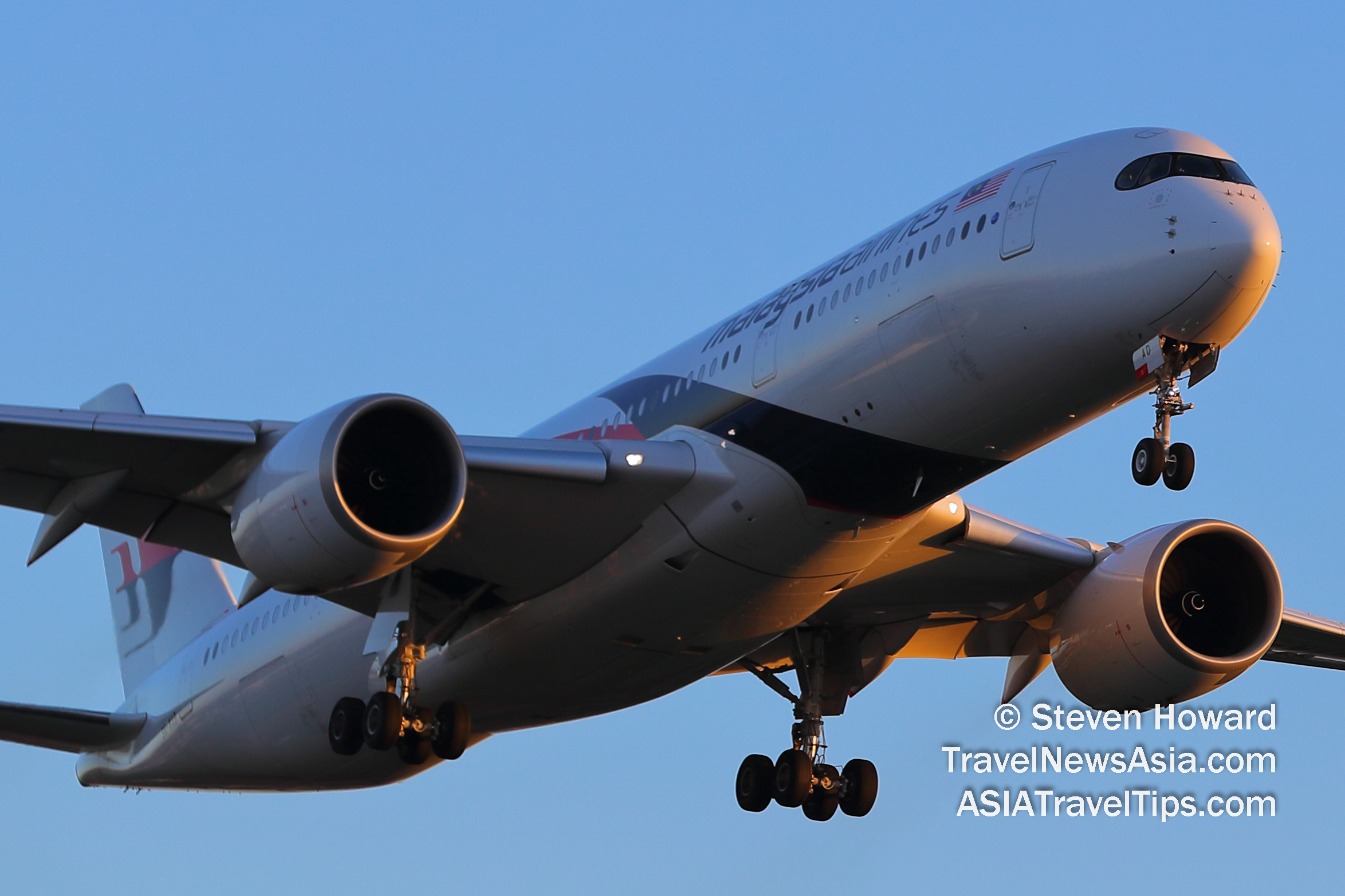|
As Malaysia remains under the Recovery Movement
Control Order (RMCO) and Conditional MCO in certain states,
closing its borders to foreigners and citizens from leaving due to
the ongoing global COVID19 pandemic, Malaysia Airlines continues
its rescue and repatriation mission, transporting stranded
citizens back to their home countries.
To date, the airline has operated 218 rescue
and repatriation flights through scheduled and chartered services
since March 2020, utilising A380, A350, A330-300 and B737-800
aircraft.
The national carrier has flown to numerous cities outside its usual
network, including Cam Rahn, South Sudan,
Cairo, Turkmenbashi, Turkmenabat, Dili, Nadi and Port Moresby
where few commercial flights are available.

Ahmad Luqman
Mohd Azmi, Group
Chief Operations Officer of Malaysia Airlines Berhad, said, �Out of the 218 flights, 168 were charter services
through strategic collaboration with government ministries and
individual organisations. So far, we have flown over 20,000
passengers safely back to their loved ones.
It has
been a challenging yet exciting experience for us to operate in
these new markets under the current circumstances, due to the
ever-changing health and safety requirements as well as strict
border controls by the respective countries. However, active
engagements with the respective embassies, ministries, government
agencies and regulatory bodies have made it possible.�
Over the same period, the airline's sister company, MABkargo
has worked closely with governments and NGOs to transport over 2,000 tonnes of medical equipment and
disaster-relief provisions to impacted regions around the globe.
This includes ventilators, surgical gloves, sterile isolation
gowns and protection suits with goggles for various organisations
via over 50 Passenger-to-Cargo (P2C) and Cargo in Cabin (CIC)
flights. The CIC allows the airline to carry cargo on seats,
overhead stowage compartments, closets and under the seats depending on the size of the boxes.
Export throughput figures in August 2020 have
increased so much they now match pre-COVID19 level, contributed by
the reopening of more economic sectors and the usage of P2C
flights to compensate the loss of belly capacity.
�The demand for medical equipment worldwide has kept
our aircraft flying and our cargo terminals busy. Our freighter
schedules are adjusted to meet customers� requirements. Despite
lesser flights in the network, we continue to support the
value-chain of day-to-day business and ensure minimal
disruptions,� added Luqman.
Malaysia Airlines also recently flew the first and second batch of the Malaysian
Armed Forces� Malaysian Battalion 850-8 (Malbatt 850-8) for a
peacekeeping mission to Lebanon under the United Nations Interim Force. Three pilots and ten cabin crew operated the flights that
departed from the TUDM base in Subang to Lebanon utilising
Malaysia Airlines� Airbus 330-200 aircraft.
See latest
Travel News,
Video
Interviews,
Podcasts
and other
news regarding:
COVID19,
Malaysia Airlines,
Malaysia.
|
Headlines: |
|
|
